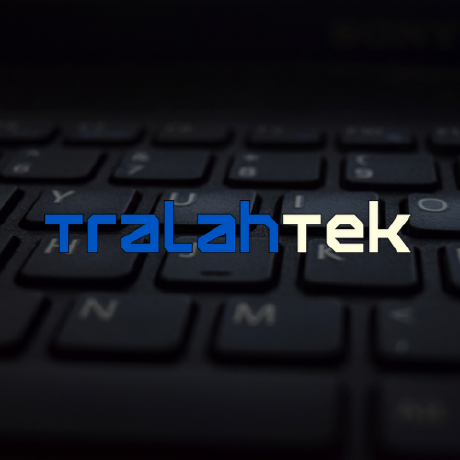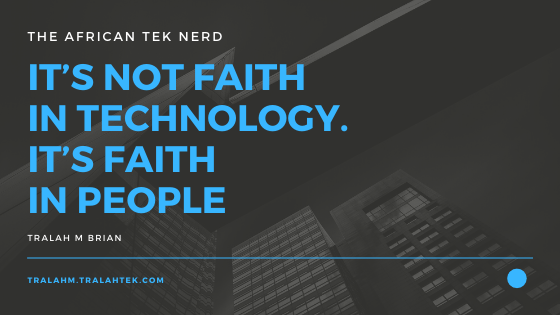Design Thinking
Design thiking is a problem solving approach that aims to improve people’s experiences.
Instead of seeking to define an idea by its structural parts it focuses on how an idea helps a person achieve a task and how it makes them think and feel.
Design thinking originated in the late 1960s and early 1970s as a way to work differently by focusing deeply on the human experience when creating physical products, as a practice it meant that in order to design the best chair possible people working on that chair must consider who would be using it where and how.
Today design thinking is applied to almost every modern field in industry.
People have extracted the basic components of design thinking and used them to design complex products such as MRI machines and software, and also services such as air travel, business consulting, and customer service.
A variety of models exist today outlining these basic components.
The Stanford D School for example, one of the first organizations to formalize a comprehensive design thinking curriculum uses this model of flow from
- building empathy,
- defining a problem or opportunity,
- to ideating a solution to that problem,
- prototyping it and testing.
Most design thinking models follow such a flow they include many of the same values,
- focus on real people and their real needs,
- interact with those people to understand what problems they face,
- think about how to solve those problems by coming up with many ideas not just one or two, Be visual in your thinking and brainstorming,
- and experiment by quickly and cheaply testing unfinished ideas to understand how they might work.
When you practice design thinking you consider a person’s true unique experience not just technology and requirements.
In this way you’re not designing a vase, you are designing a better way to:
- enjoy flowers in your home,
- choose an insurance plan,
- develop a new application,
- analyze data, convey information,
- predict machine behaviour,
- deliver a product today,
- deliver news,
- structure a network.
users
the people who interact with the thing, service, offering, system, etc. that you make
Enterprise Design Thinking
The framework of enterprise design thinking and why it is necessary for modern enterprise work.
Enterprise businesses don’t often face vase-sized problems. We work with problems that shape industries and governments. The nature of these problems requires a special flavor of design thinking that can cover the scale and complexity we face in our daily work.
Overview of Enterprise Design Thinking
When large companies try to adopt traditional design thinking models wholesale, they quickly begin to break down. They don’t stand up to the scale and complexity that many of us face. A one size fits all linear process doesn’t work when your goals change each quarter and you are trying to stay nimble to that change .
For instance we are guessing you are not sitting in the same room as everyone who has a stake in the projects you’re working on. You’ve probably had your fair share of conference calls with team mates all the world, at all hours of the day and night. You might face restrictions and limitations when trying new things or thinking creatively. And, you may even feel like you can’t get anything done because no one is ever on the same page.
Enterprise design thinking is the answer to design thinking for large dispersed teams trying to solve the wickedest of problems.
When we talk about Enterprise Design thinking, we’re talking about the framework that your team can use to consider your users, collaborate accross skill sets and solve meaningful problems.
The principles guide you, they’re your constant reminder to focus on your users neds, work with diverse teams, and experiment with new ideas.
The loop is how you work. It’s how you move from learning about people to creating outcomes that improve their lives. It’s how you make sense of ambiguity within complex domains. The keys align your large, global teams around a common mission by sharing work in progress and getting user feedback that helps drive your work forward in the right direction.
As a practitioner you’ll use these concepts and this shared language to practice enterprise design thinking with your enterprise team.
Enterprise Design Thinking
a tailor-made approach for large, distributed teams to help them quickly deliver human-centered outcomes to the market
Our Shared Language
We all communicate through language. But, communication easily breaks down when we aren’t speaking the same language. We’ll explore the vocabulary of Enterprise Design Thinking and start to put the words to work. The Framework allows you to speak about design thinking across large teams and companies and stay on the same page.
The Enterprise Design Thinking Framework
The Principles
The Principles guide your day-to-day work. They ensure you’re keeping your user in mind, collaborating with a diverse team, and continuously trying to improve your solutions.
-
A focus on user outcomes Drive business by helping users achieve their goals.
-
Restless reinvention Stay essential by treating everything as a prototype.
-
Diverse Empowered Teams Move faster by working together and embracing diversity.
The Loop
Understand the present and envision the future in a continuous cycle of observing, reflecting, and making.
-
Observe Immerse yourself in the real world with design research. Interview users, watch them work, and test your ideas with the people who matter most to inform your decision-making and understanding.
-
Reflect Come together and look within to synchronize your movements, synthesize what you’ve learned, and share your “aha” moments with each other. Decide together and move forward with confidence.
-
Make Give concrete form to abstract ideas. The earlier you make the faster you learn. Put your ideas out there before they’re complete and improve them as you go.
The Keys
Scalable practices for enterprise team alignment
- Hills Align your team around the meaningful user outcomes you want to achieve. Hills are statements of intent written as user enablements. They follow a format of Who, What, and Wow.
Who: Who is your user? Refer to them by name.
What: What will your user be able to do that they couldn’t before? Start with a verb and avoid solutions.
Wow: What differentiates you from the competition? This is measurable.
-
Playbacks Stay aligned by regularly exchanging feedback. Playbacks are story-based presentations that share insights, ideas, and updates to a user experience.
-
Sponsor Users Invite users into the work and stay true to real-world needs. Sponsor Users are external clients, future clients, or end users that represent your target user, who regularly contribute domain expertise to your team. Relationships with Sponsor Users are typically formalized with an agreement that covers confidentiality and our right to use their feedback.
tools
activities and resources that help your team work collaboratively to yield specific artifacts. Explore them in the Toolkit.
All Enterprise Design Thinking initiatives start with a business problem, like low employee retention or uncovering a new market segment. We’ll work through a business problem by framing it around human experiences and learn the Principles of Enterprise Design Thinking along the way.
Windsor Airline’s consistent flight delays are hurting the company’s bottom line.
So the question is, how might we ensure that Windsor Airlines flights leave on time?

